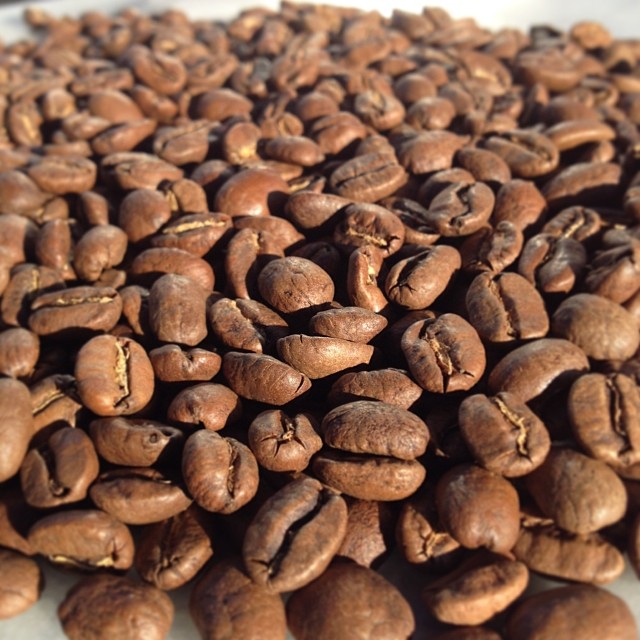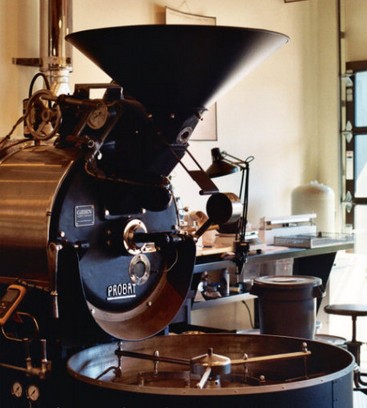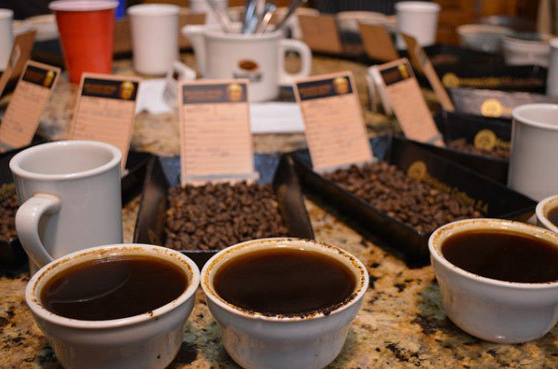The aroma is soft, mellow and comfortable, with wine flavor, characteristics and taste of Aldu Mara coffee.
Mexico: Aldumara Coffee
Flavor Taste Characteristics: Aromatic soft, mellow and comfortable, with wine aroma.
Mexico has a long history of coffee production and is currently one of the world's major coffee producers. Coffee produced in Mexico is naturally called "Mexican coffee".
About 5/6 of Mexico's national area is plateau and mountainous area, with an annual average temperature of 25-27℃; the climate of the Mexican plateau is mild all year round, and most of the territory is plateau terrain, with no cold in winter and no heat in summer. All trees are evergreen all the year round, so it enjoys the reputation of "plateau pearl". Due to geographical environment and climate reasons, Mexican coffee planting area is close to Guatemala, mainly producing Cocolabegu, Australuca states, products are mostly highland-produced washed beans, with good aroma and sour taste.
The selection of Mexican coffee is generally done manually. The main basis for selection is according to the fullness of coffee particles, whether uniform, and then divided into grades. Generally speaking, coffee with full and uniform particles is easier to preserve. Only the purest and most uniform coffee beans can be roasted to represent the best and finest coffee in the country.
After the coffee beans are picked, they are spread out in a special room with ventilation on all sides. About a week later, the beans are packed into loose bags so that wind can blow through the bags. After about seven weeks, coffee beans change color and taste. Finally, these coffee beans are manually selected to select high-quality coffee beans and formally bagged for preservation.
Aldumara coffee beans are Mexico's top coffee beans, which are large in size, with intense sweetness, acidity and good aroma.
Mexicans are optimistic and enthusiastic by nature. It can also be seen from their coffee. The mellow Mexican coffee is not only loved by the native people, but also praised by many coffee connoisseurs. There are many ways to taste Mexican coffee, mainly divided into alcoholic and non-alcoholic practices.
Alcohol-free Mexican coffee is often served with milk. Heat a cup of milk, a teaspoon of cinnamon powder and a teaspoon of vanilla powder in a saucepan over medium heat. Then add cocoa powder, dissolve thoroughly and stir well. If you like chocolate, you can use chocolate paste instead of cocoa powder mixed with milk. Allow the milk to cool for about 5 minutes before pouring into the coffee. Garnish the coffee with cold cream oil and a cinnamon stick. Chocolate and cinnamon aromas blend together to give off a desert flavor. Tasting such a cup of coffee, you feel as if you are walking through a desert zone full of vicissitudes.
Another way to pair Mexico's most famous tequila with coffee is to pour a small shot of tequila into the bottom of the glass before pouring milk and coffee, preferably garnished with cream and cinnamon. Tequila is a powerful drink, and if you're brave enough, try this alternative coffee.
Indeed, after drinking Mexican coffee, it really has the effect of forgetting worries and eliminating worries. Mexican coffee has a low flavor and strong aroma. Although it is slightly bitter, it is very mellow. It has a unique and strong flavor. It is a wonderful afternoon tea and should be carefully tasted. It is also the best choice for blending other coffees and the first sip of coffee that beginners should taste. Mexican coffee is best served hot (around 75°C). After an hour of hot coffee, all the aroma will be gone. If the coffee is not filtered, pour carefully, not stirring the coffee grounds, just like slowly pouring old wine, not only to taste it, but also to enjoy its color.

Important Notice :
前街咖啡 FrontStreet Coffee has moved to new addredd:
FrontStreet Coffee Address: 315,Donghua East Road,GuangZhou
Tel:020 38364473
- Prev

Faint fruity aroma, lingering aftertaste, smooth and smooth Santo Domingo coffee flavor, characteristics, taste
Dominica Dominica: Santo Domingo coffee taste characteristics: fresh and elegant, full particles, excellent acidity, pleasant flavor. The Dominican Republic is located in the east of the island of Haiti in the West Indies, bordering the Republic of Haiti to the west, the Atlantic Ocean to the north and the Caribbean Sea to the south. With an area of about 49000 square kilometers and a population of 7.1 million, the Dominican Republic and the Republic of Haiti coexist in
- Next

Bright citrus acid, round fruit juice taste, Panamanian Kasha coffee flavor, characteristics, taste
Panama is located on the Panamanian isthmus in Central America, bounded by Colombia to the east, the Pacific Ocean to the south, Costa Rica to the west and the Caribbean Sea to the north. The territory is S-shaped to connect North and South America, and the Panama Canal connects the Atlantic and Pacific oceans from north to south. It is known as the bridge of the world. [5] Panama has a land area of 75517 square kilometers, a land length of 772km and a width of 60 to 1.
Related
- Detailed explanation of Jadeite planting Land in Panamanian Jadeite Manor introduction to the grading system of Jadeite competitive bidding, Red bid, Green bid and Rose Summer
- Story of Coffee planting in Brenka region of Costa Rica Stonehenge Manor anaerobic heavy honey treatment of flavor mouth
- What's on the barrel of Blue Mountain Coffee beans?
- Can American coffee also pull flowers? How to use hot American style to pull out a good-looking pattern?
- Can you make a cold extract with coffee beans? What is the right proportion for cold-extracted coffee formula?
- Indonesian PWN Gold Mandrine Coffee Origin Features Flavor How to Chong? Mandolin coffee is American.
- A brief introduction to the flavor characteristics of Brazilian yellow bourbon coffee beans
- What is the effect of different water quality on the flavor of cold-extracted coffee? What kind of water is best for brewing coffee?
- Why do you think of Rose Summer whenever you mention Panamanian coffee?
- Introduction to the characteristics of authentic blue mountain coffee bean producing areas? What is the CIB Coffee Authority in Jamaica?

